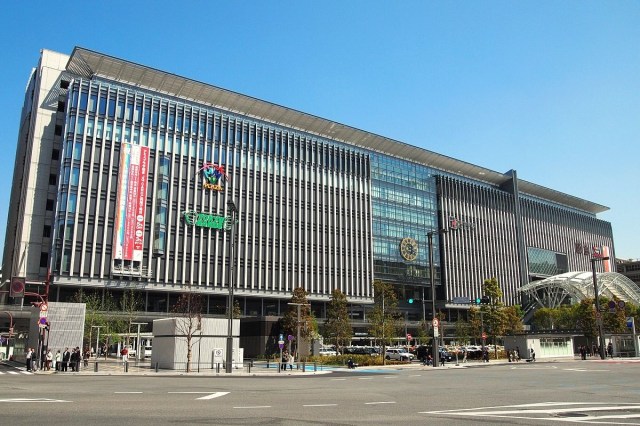
Before you hop on the train out of Fukuoka’s Hakata Station, visit the kids of good fortune in their shrine in the sky.
Hakata Station is the major rail hub for the city of Fukuoka, and also the busiest station on Japan’s southwest island of Kyushu. It has all the souvenir shops, restaurants, and other amenities you’d expect, but we’d heard some mysterious tales of what’s waiting for those who make the trip up to the roof.
Not only is there supposed to be a Shinto shrine, but also what people told us is a “train play” statue. Our curiosity piqued, we hopped in an elevator inside the Hakata City complex that’s housed inside the station building and punched the button for the very top stop, which was described as the Forest of the Swallows rooftop garden.
Once we arrived, we found ourselves in a space so inviting and open we found it hard to believe we were above the train station of the sixth largest city in Japan.
We quickly spotted a torii, as the gates that mark the entrance to a Shinto shrine are called. This one had a star emblem between its cross beams, and the kanji for “Star Gate.”
Passing through it, we then came to a second torii, the “Prosperity Gate”…
…and finally the “Dream Gate.” At this shrine, these three gates are supposed to purify visitors, invite blessings for them, and help ensure good interpersonal relationships, respectively.
Past the three gates is the altar and donation box for the shrine, which is called Tetsudo Jinja (“Railway Shrine”), where visitors can say a prayer and ask for a safe train trip to wherever they’re headed. But between the third gate and the altar is a circular clearing, and it’s there that things get really unusual.
At the center of the circle is a bronze sculpture of Kyushu, and dancing atop it are, well, these.
These energetic little guys are called the Enmusubi Shichifuku Doji, or the “Seven Children of Good Relations and Good Fortune.” There’s one for each of Kyushu’s seven prefectures, and the cord they’re collectively holding as they run is a visual metaphor for how railways connect the island’s people with each other.
While they might remind you of the Shifukujin/Seven Gods of Fortune from Japanese mythology and folklore, the Shichifuku Doji are a modern, secular creation springing from the mind of Japanese artist Satoshi Yabuuchi, who also created the city of Nara’s somewhat unsettling mascot character Sento-kun.
Like Sento-kun, the Shichifuku Doji are completely bald, though they lack the Nara mascot’s deer antlers. The resemblance is strong enough that some people consider the seven statues to be Sento-kun’s brothers, although with no official plaque or explanation, the familial connection seems to be an unofficial one.
Admission to the rooftop garden is free, and if you’ve got time to kill before catching a train out of Hakata, this is a quirkily cultured place to spend it, and even if you’re by yourself, the Shichifuku Doji will keep you company.
Related: Hakata City
Top image: Wikipedia/ぱちょぴ
Insert images ©SoraNews24
● Want to hear about SoraNews24’s latest articles as soon as they’re published? Follow us on Facebook and Twitter!
[ Read in Japanese ]

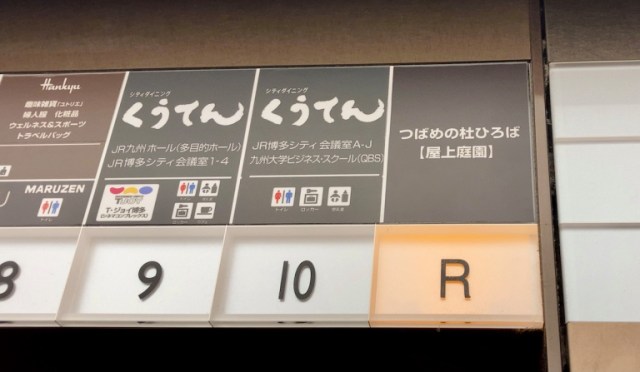
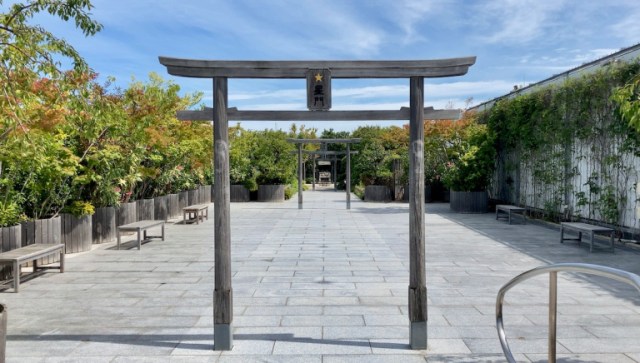
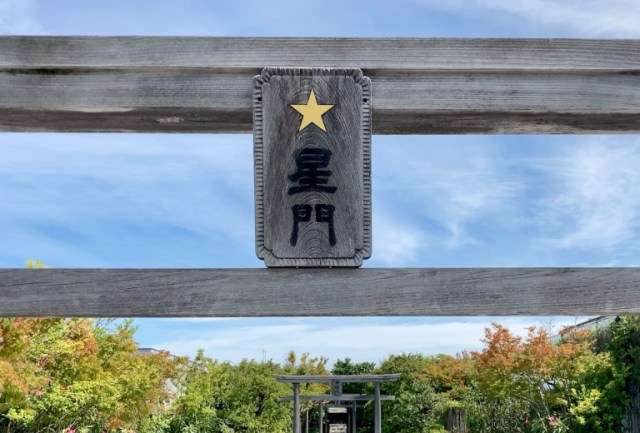
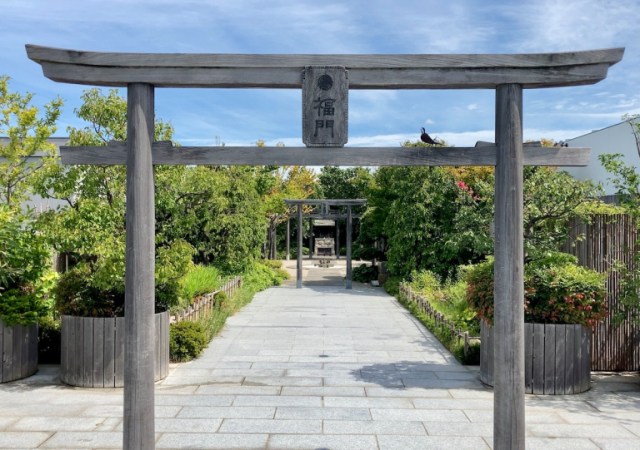
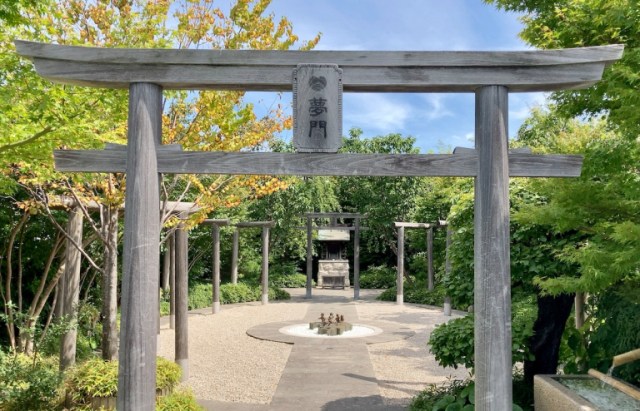
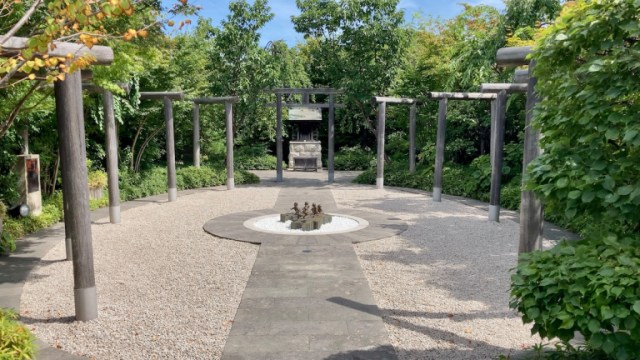
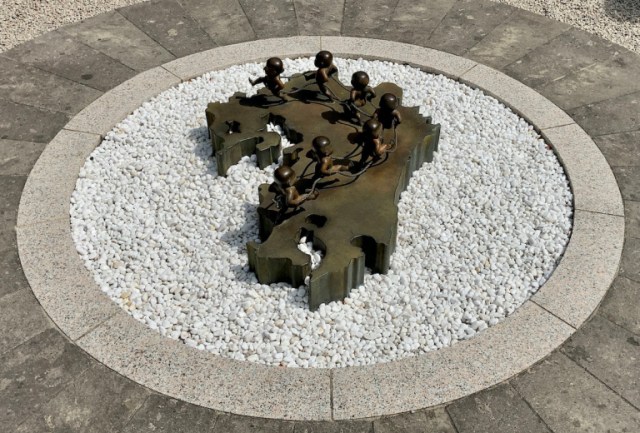
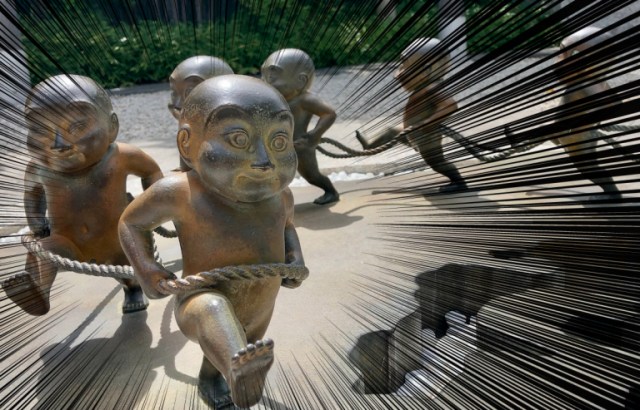
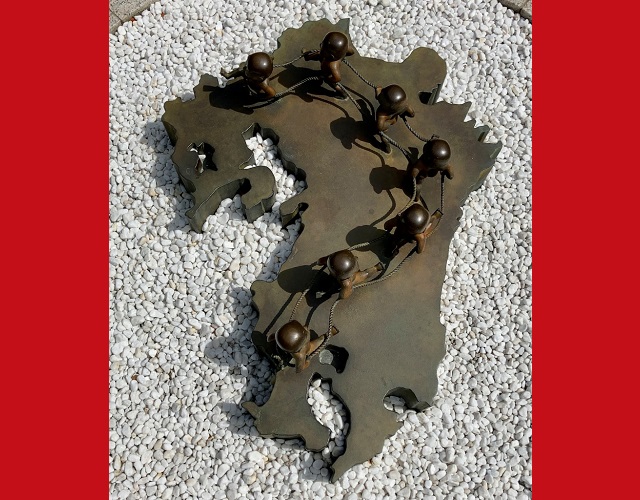
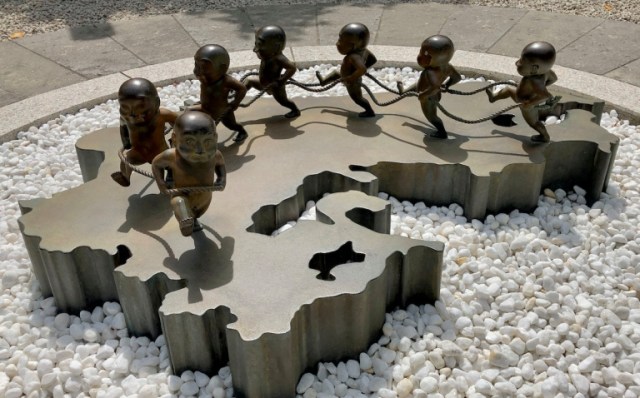
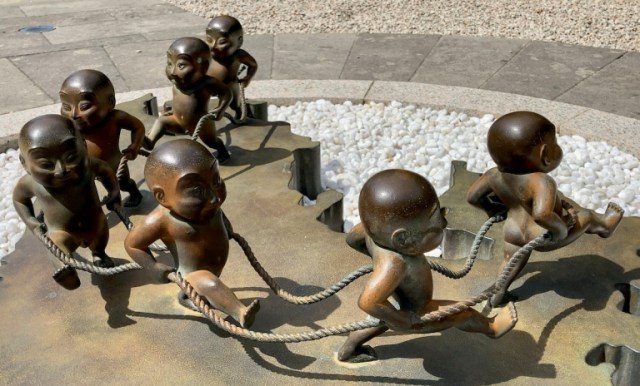
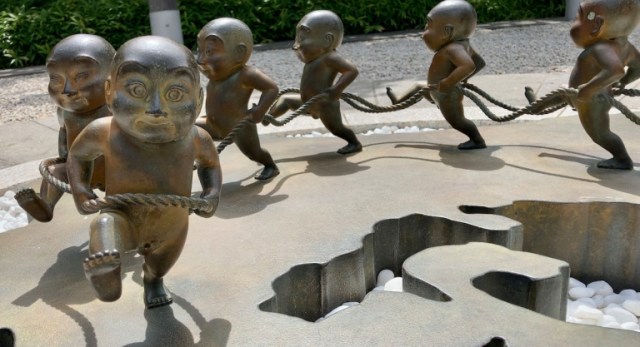
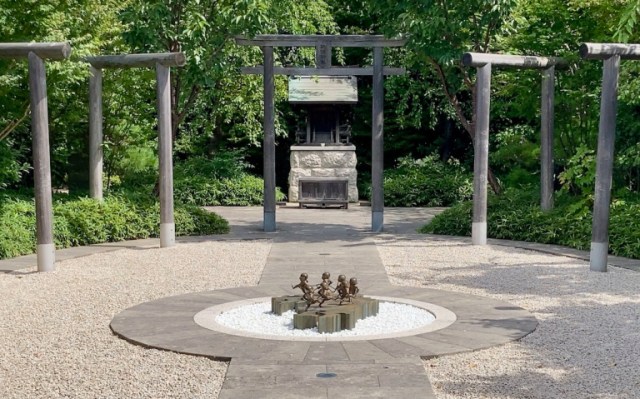
 This tiny island you can walk to is a perfect snapshot of why Japan is an amazing place to travel
This tiny island you can walk to is a perfect snapshot of why Japan is an amazing place to travel The only path to this Nagasaki Shinto shrine gets swallowed by the sea every day【Video】
The only path to this Nagasaki Shinto shrine gets swallowed by the sea every day【Video】 This Shinto shrine’s gorgeous glass gateways are the only ones of their kind in all Japan【Photos】
This Shinto shrine’s gorgeous glass gateways are the only ones of their kind in all Japan【Photos】 The Japanese train station with torii gates on its tracks
The Japanese train station with torii gates on its tracks Sacred 1,200-year-old tree toppled by severe storm at shrine in central Japan【Photos】
Sacred 1,200-year-old tree toppled by severe storm at shrine in central Japan【Photos】 McDonald’s new Happy Meals offer up cute and practical Sanrio lifestyle goods
McDonald’s new Happy Meals offer up cute and practical Sanrio lifestyle goods All-you-can-drink Starbucks and amazing views part of Tokyo’s new 170 meter-high sky lounge
All-you-can-drink Starbucks and amazing views part of Tokyo’s new 170 meter-high sky lounge Super Nintendo World expansion gets delayed for several months at Universal Studios Japan
Super Nintendo World expansion gets delayed for several months at Universal Studios Japan McDonald’s Japan releases a pancake pie for new retro kissaten coffeeshop series
McDonald’s Japan releases a pancake pie for new retro kissaten coffeeshop series Studio Ghibli glasses cases let anime characters keep an eye on your spectacles
Studio Ghibli glasses cases let anime characters keep an eye on your spectacles Beautiful Sailor Moon manhole cover coasters being given out for free by Tokyo tourist center
Beautiful Sailor Moon manhole cover coasters being given out for free by Tokyo tourist center More foreign tourists than ever before in history visited Japan last month
More foreign tourists than ever before in history visited Japan last month Japan’s 30 Best Selling Video Games of All Time
Japan’s 30 Best Selling Video Games of All Time Randomly running into a great sushi lunch like this is one of the best things about eating in Tokyo
Randomly running into a great sushi lunch like this is one of the best things about eating in Tokyo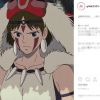 Japanese fans rank the top 10 most beautiful female characters from Studio Ghibli anime movies
Japanese fans rank the top 10 most beautiful female characters from Studio Ghibli anime movies Disney princesses get official manga makeovers for Manga Princess Cafe opening in Tokyo
Disney princesses get official manga makeovers for Manga Princess Cafe opening in Tokyo Starbucks reopens at Shibuya Scramble Crossing with new look and design concept
Starbucks reopens at Shibuya Scramble Crossing with new look and design concept Beautiful new Final Fantasy T-shirt collection on the way from Uniqlo【Photos】
Beautiful new Final Fantasy T-shirt collection on the way from Uniqlo【Photos】 Is the new Shinkansen Train Desk ticket worth it?
Is the new Shinkansen Train Desk ticket worth it? Foreign English teachers in Japan pick their favorite Japanese-language phrases【Survey】
Foreign English teachers in Japan pick their favorite Japanese-language phrases【Survey】 Japanese convenience store packs a whole bento into an onigiri rice ball
Japanese convenience store packs a whole bento into an onigiri rice ball We try out “Chan Ramen”, an underground type of ramen popular in the ramen community
We try out “Chan Ramen”, an underground type of ramen popular in the ramen community Studio Ghibli releases Kiki’s Delivery Service chocolate cake pouches in Japan
Studio Ghibli releases Kiki’s Delivery Service chocolate cake pouches in Japan Japan’s bone-breaking and record-breaking roller coaster is permanently shutting down
Japan’s bone-breaking and record-breaking roller coaster is permanently shutting down New definition of “Japanese whiskey” goes into effect to prevent fakes from fooling overseas buyers
New definition of “Japanese whiskey” goes into effect to prevent fakes from fooling overseas buyers Our Japanese reporter visits Costco in the U.S., finds super American and very Japanese things
Our Japanese reporter visits Costco in the U.S., finds super American and very Japanese things Studio Ghibli unveils Mother’s Day gift set that captures the love in My Neighbour Totoro
Studio Ghibli unveils Mother’s Day gift set that captures the love in My Neighbour Totoro Foreign passenger shoves conductor on one of the last full runs for Japan’s Thunderbird train
Foreign passenger shoves conductor on one of the last full runs for Japan’s Thunderbird train Domino’s Japan now sells…pizza ears?
Domino’s Japan now sells…pizza ears? New Japanese KitKat flavour stars Sanrio characters, including Hello Kitty
New Japanese KitKat flavour stars Sanrio characters, including Hello Kitty Kyoto creates new for-tourist buses to address overtourism with higher prices, faster rides
Kyoto creates new for-tourist buses to address overtourism with higher prices, faster rides Sales of Japan’s most convenient train ticket/shopping payment cards suspended indefinitely
Sales of Japan’s most convenient train ticket/shopping payment cards suspended indefinitely Sold-out Studio Ghibli desktop humidifiers are back so Totoro can help you through the dry season
Sold-out Studio Ghibli desktop humidifiers are back so Totoro can help you through the dry season Japanese government to make first change to romanization spelling rules since the 1950s
Japanese government to make first change to romanization spelling rules since the 1950s Ghibli founders Toshio Suzuki and Hayao Miyazaki contribute to Japanese whisky Totoro label design
Ghibli founders Toshio Suzuki and Hayao Miyazaki contribute to Japanese whisky Totoro label design Doraemon found buried at sea as scene from 1993 anime becomes real life【Photos】
Doraemon found buried at sea as scene from 1993 anime becomes real life【Photos】 Tokyo’s most famous Starbucks is closed
Tokyo’s most famous Starbucks is closed One Piece characters’ nationalities revealed, but fans have mixed opinions
One Piece characters’ nationalities revealed, but fans have mixed opinions We asked a Uniqlo employee what four things we should buy and their suggestions didn’t disappoint
We asked a Uniqlo employee what four things we should buy and their suggestions didn’t disappoint Princesses, fruits, and blacksmiths: Study reveals the 30 most unusual family names in Japan
Princesses, fruits, and blacksmiths: Study reveals the 30 most unusual family names in Japan Our reporter visited a dangerous torii at a Shinto shrine and almost had a heart attack
Our reporter visited a dangerous torii at a Shinto shrine and almost had a heart attack We receive first-class treatment for economy-class prices at First Cabin Hakata hotel
We receive first-class treatment for economy-class prices at First Cabin Hakata hotel Hey, Japanese taxi driver! Take us to the best restaurant in Fukuoka’s Hakata neighborhood!
Hey, Japanese taxi driver! Take us to the best restaurant in Fukuoka’s Hakata neighborhood! Travelers’ misguided attempt to earn good luck is damaging Japan’s most famous torii shrine gate
Travelers’ misguided attempt to earn good luck is damaging Japan’s most famous torii shrine gate Tsushima no Miya Station: The Japanese train station open only two days a year
Tsushima no Miya Station: The Japanese train station open only two days a year Motonosumi Inari Shrine: a site of beauty in Japan that tourists are yet to discover
Motonosumi Inari Shrine: a site of beauty in Japan that tourists are yet to discover Three reasons you should go to Kyoto right now
Three reasons you should go to Kyoto right now See a whole other side of Kyoto in this beautiful, quintessentially Japanese train, coming soon
See a whole other side of Kyoto in this beautiful, quintessentially Japanese train, coming soon Izumo’s Starbucks, a stone’s throw away from the gathering place of Shinto’s eight million gods
Izumo’s Starbucks, a stone’s throw away from the gathering place of Shinto’s eight million gods Train line celebrates the life of Stationmaster Tama the cat with in-train photo exhibit
Train line celebrates the life of Stationmaster Tama the cat with in-train photo exhibit A visit to one of Japan’s motorcycle Shinto shrines
A visit to one of Japan’s motorcycle Shinto shrines Japan’s West Kyushu Shinkansen bullet train service to Nagasaki is set to open this fall
Japan’s West Kyushu Shinkansen bullet train service to Nagasaki is set to open this fall Nara, Japanese city famous for its streets of tame deer, begins culling program within city
Nara, Japanese city famous for its streets of tame deer, begins culling program within city Japan’s random-destination roll-the-die train tickets: An amazingly cheap way to go…somewhere
Japan’s random-destination roll-the-die train tickets: An amazingly cheap way to go…somewhere The ultimate Shinkansen trip: Riding Japan’s bullet train network from one end to the other
The ultimate Shinkansen trip: Riding Japan’s bullet train network from one end to the other
Leave a Reply